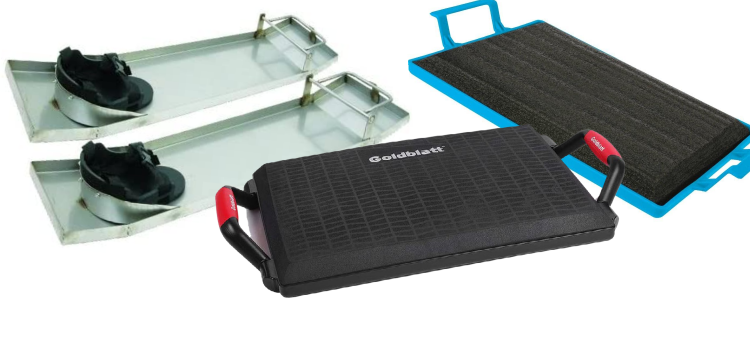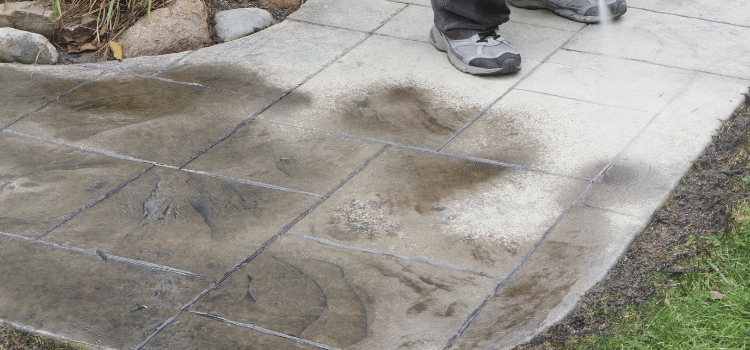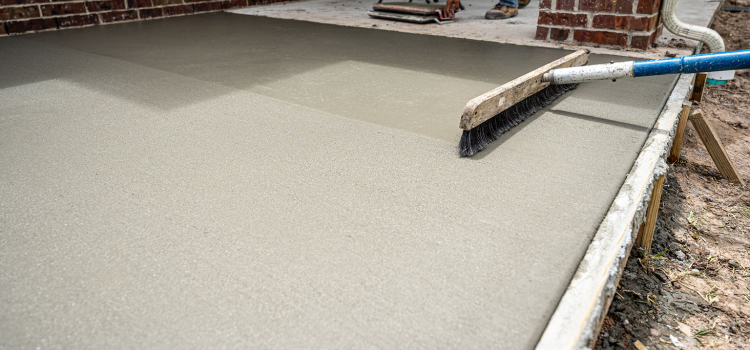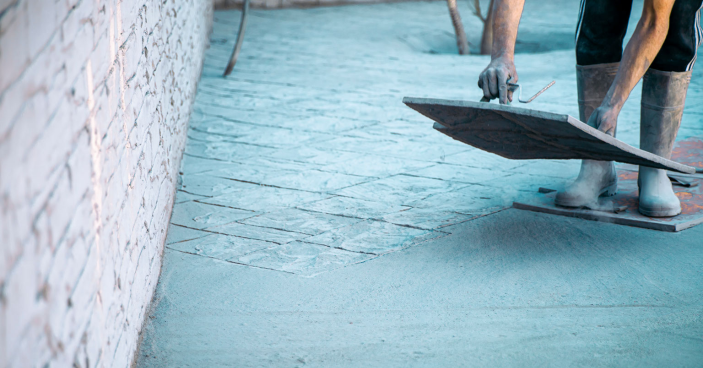Have you ever found yourself captivated by the unique texture of a sidewalk, wondering about the process behind its creation? Enter the world of exposing aggregate concrete, a technique that involves stripping away the top layer of cement paste to reveal the exquisite stones, pebbles, or sand beneath.
This not only produces a visually appealing surface but also ensures a sturdy, slip-resistant finish.
Choosing the Perfect Aggregates

Selecting the right aggregates for your project extends beyond merely picking colors or shapes. The texture and overall appearance of the concrete are significantly influenced by the nature of the aggregates, whether they are rounded pebbles or angular crushed stones. Here are some key considerations:
Texture Impact: The texture of the exposed aggregate finish is profoundly affected by the type of aggregates chosen, whether smooth pebbles or coarse crushed stones.
Color and Shape Selection: When opting for aggregates, it’s crucial to consider the aesthetic impact of both color and shape on the final outcome of the concrete surface.
Local Supplier Insights: Your local supplier can be a valuable resource, offering a diverse range of aggregate options to match both your aesthetic preferences and functional needs.
Grading for Uniformity
While conventional concrete mixes often embrace a continuous grading, extending from fine to coarse particles, this might not be ideal for achieving a consistent aggregate display when exposed. The solution lies in a gap-graded mix that strategically omits certain intermediate sizes, resulting in a more uniform look. Key points include:
Continuous vs. Gap-Graded Mix: Understanding the difference between continuous and gap-graded mixes is crucial for achieving the desired uniformity in the exposed aggregate finish.
Size Distribution Importance: Grasping the significance of size distribution in aggregate particles helps in making informed decisions for a cohesive and visually pleasing result.
Matrix and Color Harmony
The matrix, a blend of fine aggregates and surrounding cement paste, plays a pivotal role in determining the final hue of your concrete project. Without pigments, the innate color of the fine aggregate becomes the defining factor. Tips for achieving harmony include:
Matrix Influence: Understanding how the matrix composition influences the color of the exposed aggregate ensures a cohesive and visually appealing final result.
Color Consistency: For large-scale projects, sourcing fine and coarse aggregates from a single supplier minimizes the risk of unsightly color variations in the finished surface.
Three Techniques for Aggregate Addition in Concrete

The addition of aggregates to concrete involves various methods, each offering distinct advantages based on the project’s requirements. Here, we explore three prominent techniques:
Integral Mixing:
- Aggregates are introduced at the batching plant.
- Ensures even distribution throughout the mixture.
- Results in a thin layer of cement paste covering the aggregates after finishing.
Topping Mix Method:
- Base concrete is poured slightly below grade.
- A specialty layer with colored aggregates is added on top.
- Provides vibrant color highlights visible at the surface.
Seeding the Surface:
- Aggregates are scattered by hand over freshly poured concrete.
- Pressed into the surface for an artisanal and customizable finish.
- Requires precision and timing to ensure proper embedding.
Revealing Beauty: The Methods of Exposing Aggregate
Exposing the beauty of aggregates involves a critical step known as the ‘wash-off’ method. Timing is crucial – when the concrete can bear weight without leaving footprints deeper than 2mm, it’s time to start the exposure process. Key considerations for this process include:
Timing for Wash-Off:
- The ‘wash-off’ method is initiated when the concrete can bear weight without deep footprints.
- Timing is crucial to achieving the desired level of exposure without compromising the aggregates.
Gentle Surface Treatment:
- Use a medium bristle broom to gently brush away surface cement.
- A steady stream of water washes away the residue.
- Avoiding heavy-handed approaches to prevent displacement of aggregates.
Surface Retarders:
- An alternative to manual washing, surface retarders provide a more controlled and consistent depth of exposure.
- Applied with a sprayer, offering a longer timeframe to work on exposing the aggregate.
Exposing Aggregate Curing and Finishing Touches

Once aggregates are embedded in the concrete, the process doesn’t end there. Curing is crucial, and finishing touches play a significant role in enhancing the overall appearance. Key steps include:
Curing Timing:
- Waiting until the concrete supports a person with 2mm deep footprints before starting the wash-off process.
- Timing is crucial to ensure the concrete has adequately set for exposure.
Gentle Brooming Technique:
- Using a medium bristle broom for the wash-off process.
- Avoiding excessive force to prevent displacement of aggregates or weakening the surface.
Sealing for Protection:
- Considering the application of a sealer to extend the life and beauty of the exposed aggregate finish.
- Sealing offers protection and may enhance the color and brightness of the aggregate.
Sustainable Practices in Exposing Aggregate Projects

Choosing an exposed aggregate finish not only showcases a commitment to aesthetic quality but also reflects environmental stewardship. Sustainable practices are crucial during and after the project. Considerations include:
Environmental Impact:
- Recognizing the potential environmental impact of the process, particularly concerning water usage and runoff.
- Implementing best practices to minimize harm to natural waterways.
Concrete Washwater Management:
Referring to guidelines from organizations like the NZRMCA for on-site management of concrete washwater.
- Capturing and managing washwater and sediment responsibly to prevent harm to aquatic life.
Sustainable Construction Responsibility:
- Acknowledging that sustainability in construction extends beyond material choice to how those materials are handled throughout the project.
- Embracing sustainable practices as a moral obligation to leave a site as beautiful as the concrete poured.
Conclusion
In conclusion, the art of exposing aggregate in concrete involves a meticulous blend of material selection, grading strategies, and application techniques. From choosing the right aggregates to implementing sustainable practices, each step contributes to creating not just a durable surface but a work of art that stands the test of time.






